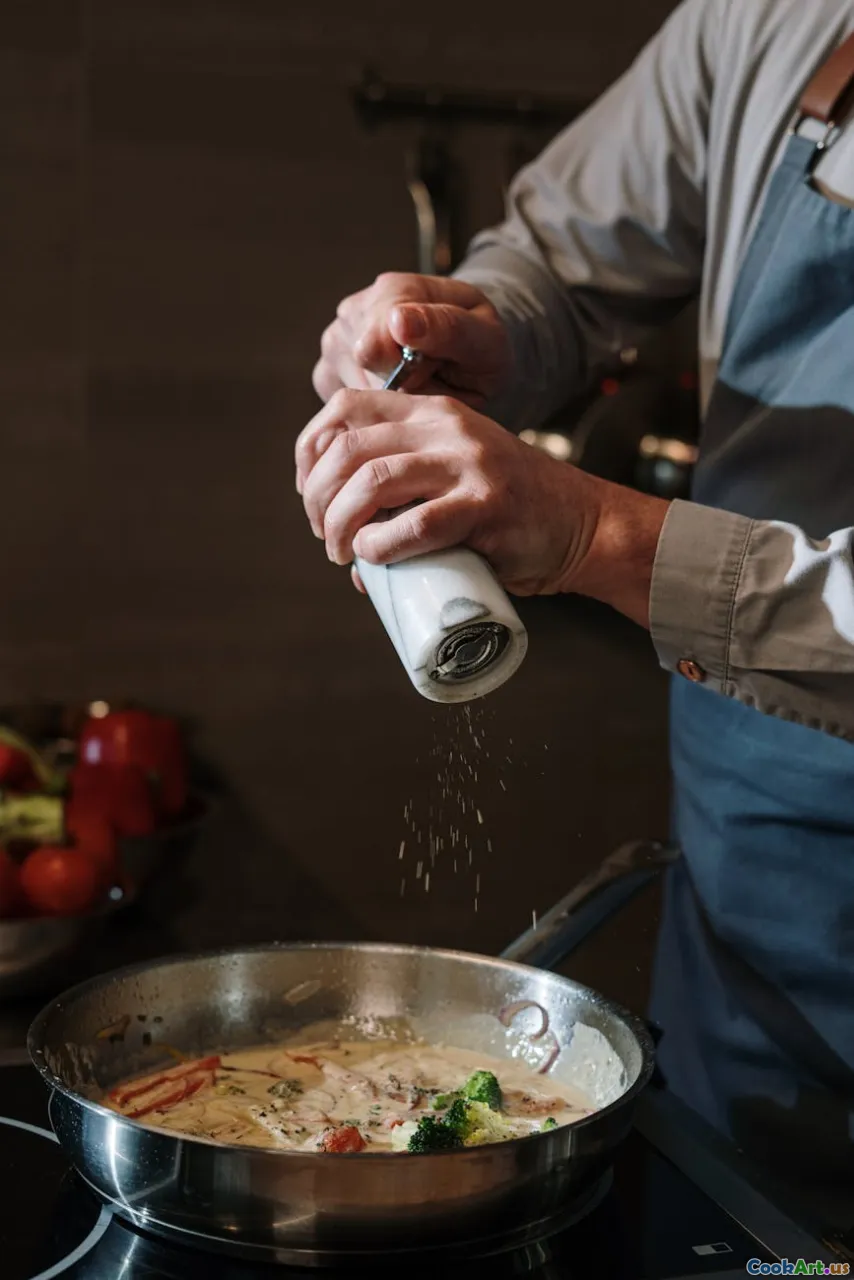Creating Aroma Driven Dishes
6 min read Explore how to create dishes rich in aroma and flavor, enhancing your culinary experience with fragrant ingredients and techniques. April 12, 2025 02:45
Creating Aroma Driven Dishes
Aromas are the invisible threads that weave our culinary experiences together. As we cook, the scents that arise from our ingredients not only tantalize our taste buds but also evoke emotions, memories, and even cultural connections. In this article, we will delve into the art of creating aroma-driven dishes, exploring techniques, ingredients, and the science behind scent in culinary endeavors.
Understanding Aroma in Cooking
Aroma plays a pivotal role in the overall perception of flavor. While taste is primarily detected by the taste buds on our tongues, aroma stimulates our olfactory senses, which significantly influences our tasting experience. In fact, studies show that up to 80% of what we perceive as taste is actually linked to smell. This understanding opens up a world of possibilities for chefs and home cooks alike to enhance their dishes.
The Science of Aroma
When we cook, complex chemical reactions occur that release volatile compounds, contributing to the aroma of the food. These compounds can be derived from:
- Herbs and Spices: Fresh herbs like basil, cilantro, and mint offer vibrant aromas, while spices such as cumin, cinnamon, and cardamom provide warm, comforting scents.
- Cooking Techniques: Techniques such as roasting, grilling, and sautéing can intensify aromas. For instance, caramelizing onions not only adds depth to a dish but also releases a sweet, savory aroma that’s irresistible.
- Ingredient Quality: The freshness and quality of ingredients are paramount. Fresh herbs and spices will produce a more potent aroma compared to their dried counterparts.
Techniques for Creating Aroma-Driven Dishes
1. Layering Flavors
Layering flavors through various cooking methods and ingredients is crucial for creating depth in aroma. Consider starting with a base of sautéed onions and garlic, then adding spices, followed by herbs at the end of cooking for a fresh burst of aroma.
2. Infusing Oils
Infusing cooking oils with aromatic herbs and spices is an excellent way to enhance the aroma of a dish. Simply heat the oil gently with your chosen ingredients and strain them out before using the oil in your recipes. This technique can add a fragrant touch to salads, marinades, and drizzles.
3. Aromatic Broths
Creating flavorful broths packed with aromatic ingredients can serve as a base for soups, risottos, and sauces. Use a combination of vegetables, herbs, and spices, simmering them gently to extract maximum aroma.
4. The Power of Finishing Touches
The final touches on a dish can elevate its aroma significantly. A sprinkle of fresh herbs, a dash of citrus zest, or a drizzle of aromatic oil right before serving can invigorate the senses and make the dish more appealing.
Ingredients That Enhance Aroma
Certain ingredients are renowned for their aromatic qualities. Here are a few key players:
- Citrus Zests: Lemon, lime, and orange zests provide a bright, fresh aroma that can lift heavier dishes.
- Garlic and Onion: These staples release robust aromas when cooked, forming the foundation of many savory dishes.
- Spices: Ground spices can be aromatic powerhouses. Toasting them before use can activate their oils, releasing even more fragrance.
- Vanilla: A favorite in desserts, vanilla bean or extract adds a warm, inviting scent.
Cultural Perspectives on Aroma
Different cultures have unique approaches to using aroma in their cuisines. For instance, in Indian cooking, the use of tempering spices in hot oil releases their essential oils, creating a fragrant base for curries. In Mediterranean cooking, fresh herbs are often added liberally, showcasing the importance of aroma in enhancing dishes.
Conclusion
Creating aroma-driven dishes is an art that blends science, technique, and cultural influences. By understanding the role of aroma in cooking and utilizing the right ingredients and methods, you can transform simple dishes into extraordinary culinary experiences. The next time you step into the kitchen, remember the power of scent and let it guide you in crafting dishes that not only taste great but also captivate the senses.









